Last week, Ann Patchett came to my local indie, Politics & Prose, for a reading and Q&A around her new collection of essays, This Is The Story Of A Happy Marriage. Patchett’s talk was smart, irreverent, and very entertaining. From what I learned of Patchett by reading Truth and Beauty, I was expecting someone shy and retiring. Not so – she’s feisty and funny and confident.
Here is a writeup of the talk and the questions from the audience.
 AP: Here is how This Is The Story Of A Happy Marriage came about. In my house in Nashville, I had bins full of hard copies of essays I have written over the years for various publications. A young woman that I had worked with before [and who now lives in Nashville and is the head of events and marketing at Patchett’s bookstore, Parnassus Books] decided that it was time to digitize them. She scanned them all, and then decided that I should put out a book of essays. I said no, but she’s a bossy type and said yes.
AP: Here is how This Is The Story Of A Happy Marriage came about. In my house in Nashville, I had bins full of hard copies of essays I have written over the years for various publications. A young woman that I had worked with before [and who now lives in Nashville and is the head of events and marketing at Patchett’s bookstore, Parnassus Books] decided that it was time to digitize them. She scanned them all, and then decided that I should put out a book of essays. I said no, but she’s a bossy type and said yes.
I don’t read my own work. I can’t read my own books, nor do I read interviews with me. But every time something important happens to me, I write about it, and then I put the article in the bin. It took me a long time to read through this collection of essays, and when I did, I hated it. I took out everything that was bad, and then thought about what I wanted to include. So even though I thought I couldn’t do it, I worked on the book. I had published articles in such random places that I figured no one could see all of them, and now here they were in one place. Put together, it all seemed embarrassing, exposed.
What changed everything for me was opening Parnassus Books. I went from being an indoor, private, controlled person to an outdoor person. All of a sudden, I was doing a lot of interviews and speeches about the importance of independent bookstores. I was reluctant to open the bookstore, but now I know that it has been good for me. I have a lot of friends at the store; I see a lot of authors there on book tours; my dog hangs out there; and I get to force people to buy the books I love. I’ve been doing that to friends for a long time, and now I am doing that to strangers. People are scared of me, so they buy what I tell them to buy. I take books out of their hands and say, “Can we talk about this?” I have become a spokesperson for independent bookstores. The lowest price may not necessarily be the best value.
This Is The Story Of A Happy Marriage should read like a novel – it is about all the things I am married to: my dog, my store, my husband, writing.
Q: Why Nashville?
AP: I am from there!
Q: How do you balance writing with the rest of your life?
AP: It was easy with this book of essays, which I could start and stop. There is a novel I want to write when I get home. But the reality is that everything changes – my life has changed, and this is where I am now.
Q: When did you know you wanted to write?
AP: Before memory – age 4 or 5. There is a long essay in this book, “The Getaway Car”, which contains all of my advice about being a writer. Whenever someone is referred to me for advice about writing, I tell them to read that essay. It’s all in there. It’s the smartest thing I have ever written, because no one comes back with questions. It’s the “anchor store” of my essay collection.
Q: Was Truth And Beauty the hardest book you’ve written? Did you decide not to write any more non-fiction after that?
AP: It was actually the easiest book to write. What was hard was that the book caused a lot of hurt feelings and I got a lot of flack for it. There are friends of Lucy [Grealy’s] who are not in the book. I have had to overcome and forget.
Q: How did your Catholic background affect you?
AP: It affects everything. I follow a nice brand of Catholicism. I disagree with pretty much everything the Catholic Church stands for, but it is still my religion. It is all about taking responsibility.
Q: You have said that writing a book is like pinning down a butterfly.
AP: Yes. When I have an idea for a book in my mind, it is the most beautiful, perfect novel in the history of the world. When it’s completely in my imagination, it is full of movement, color, and dimension. As soon as I write it, it becomes flat. Writing is “a death of dreams”.
Q: Bel Canto is one of my favorite books. How did it come about?
A: Like most of my books, Bel Canto is about a group of strangers thrown into confinement. I write about this theme over and over. This was my fourth book. It came out in May 2001, and after September 2001, people were very interested in terrorism. A lot of people thought I set out to write a book about terrorism – not true. Like The Kite Runner, the stars were aligned.
Q: Which books are you recommending in your store?
A: A Constellation of Vital Phenomena by Anthony Marra, We Are All Completely Beside Ourselves by Karen Joy Fowler, The Goldfinch by Donna Tartt, The All of It by Jeannette Haien. A book of essays that is better than mine is A Day at the Beach by Geoffrey Wolf. Books are like lemmings – they are always being pushed off the shelf by other books. I try to save the ones that I love.



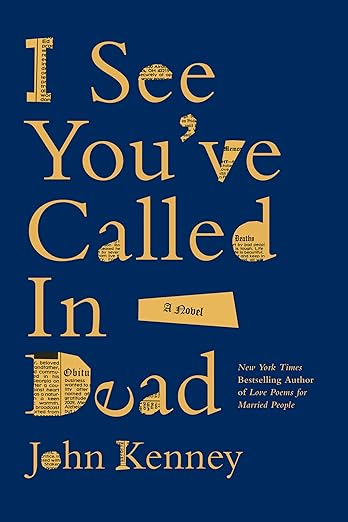
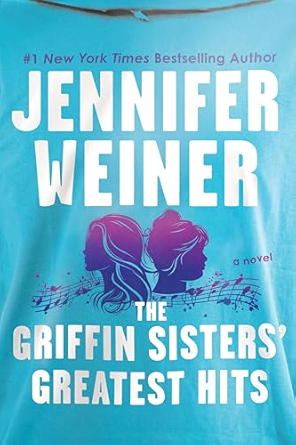
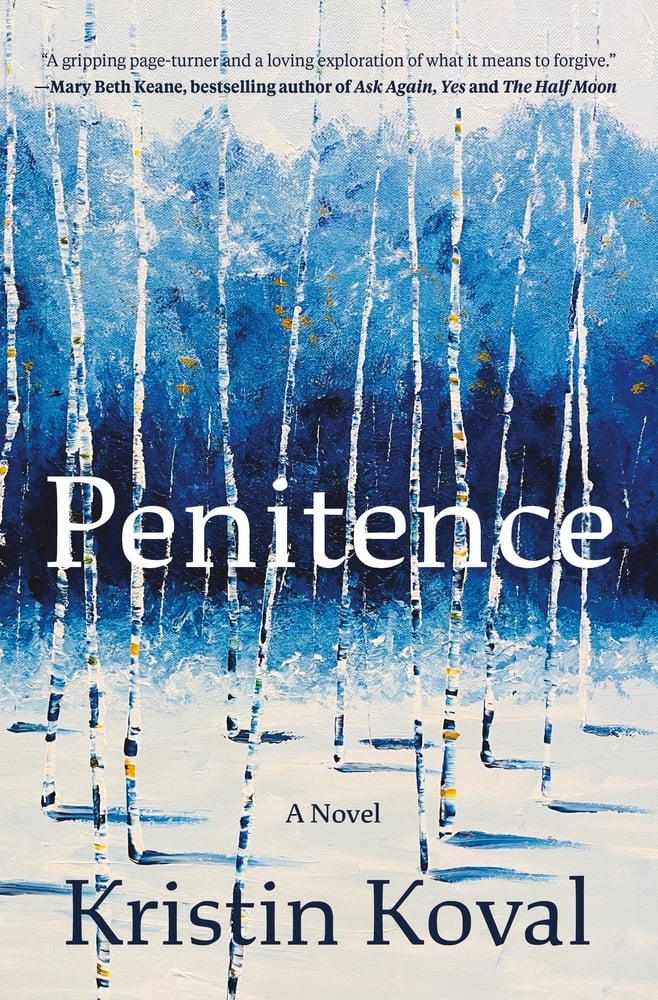
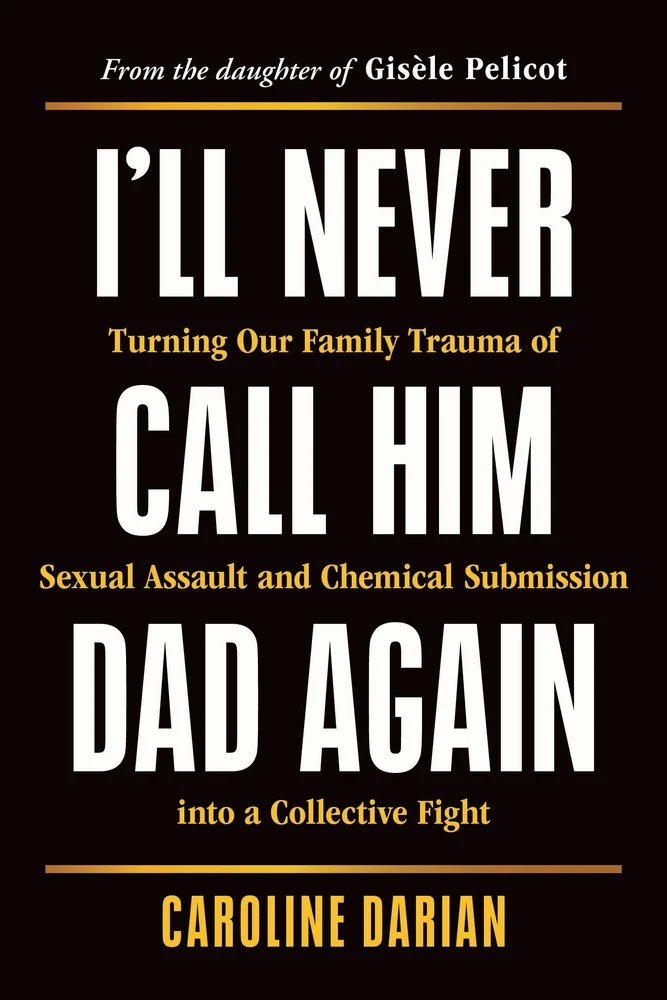
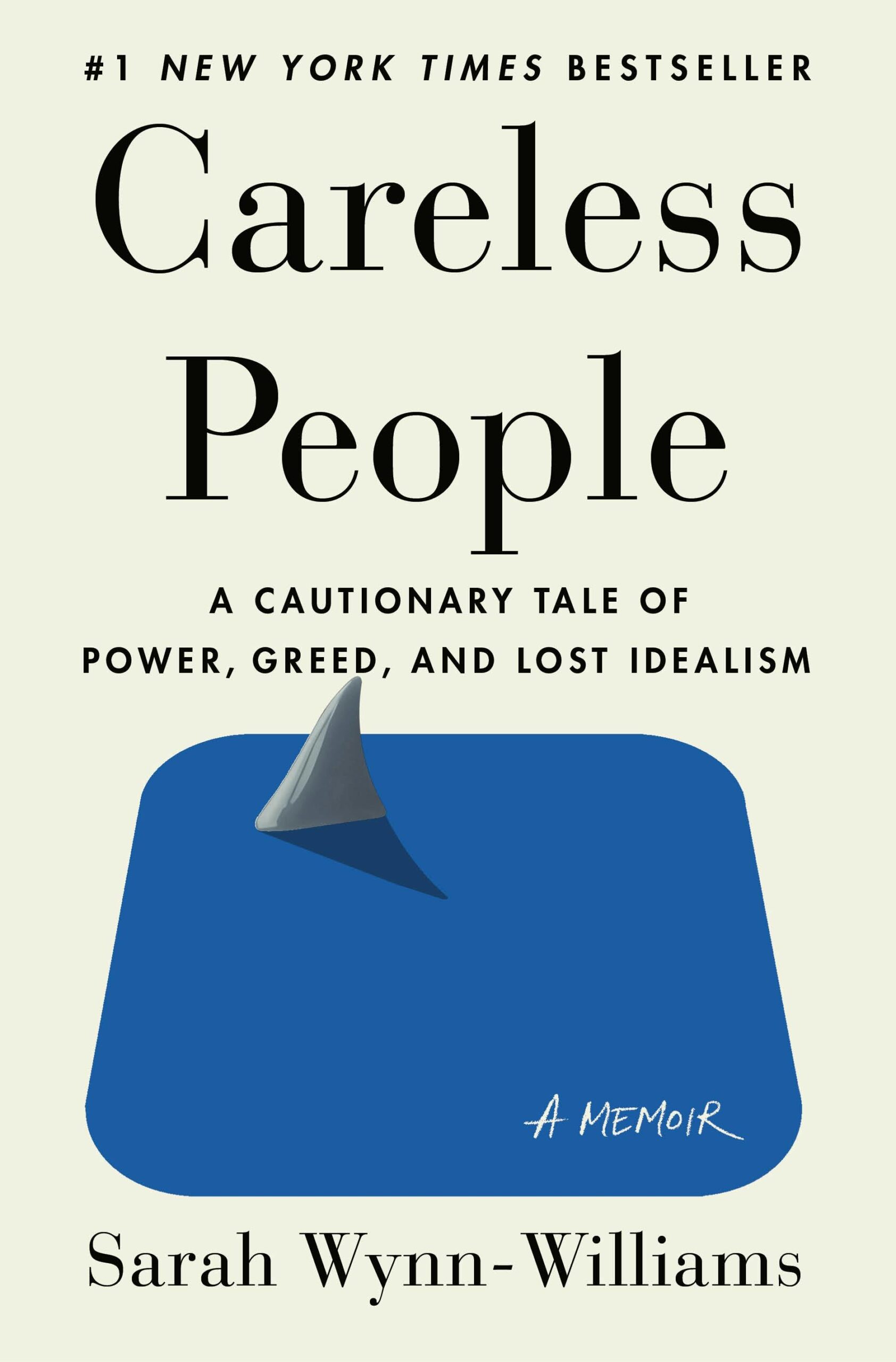
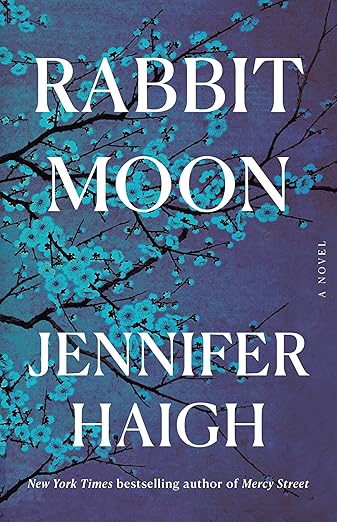
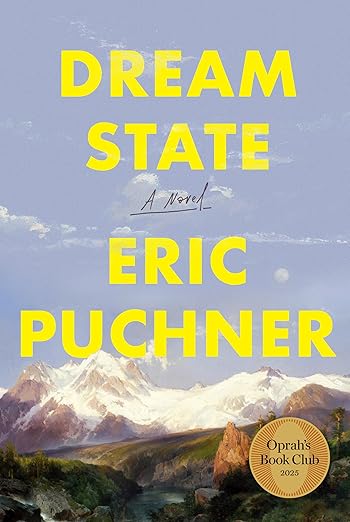
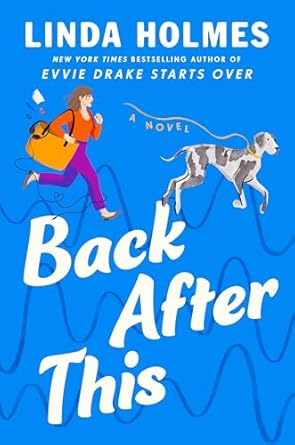
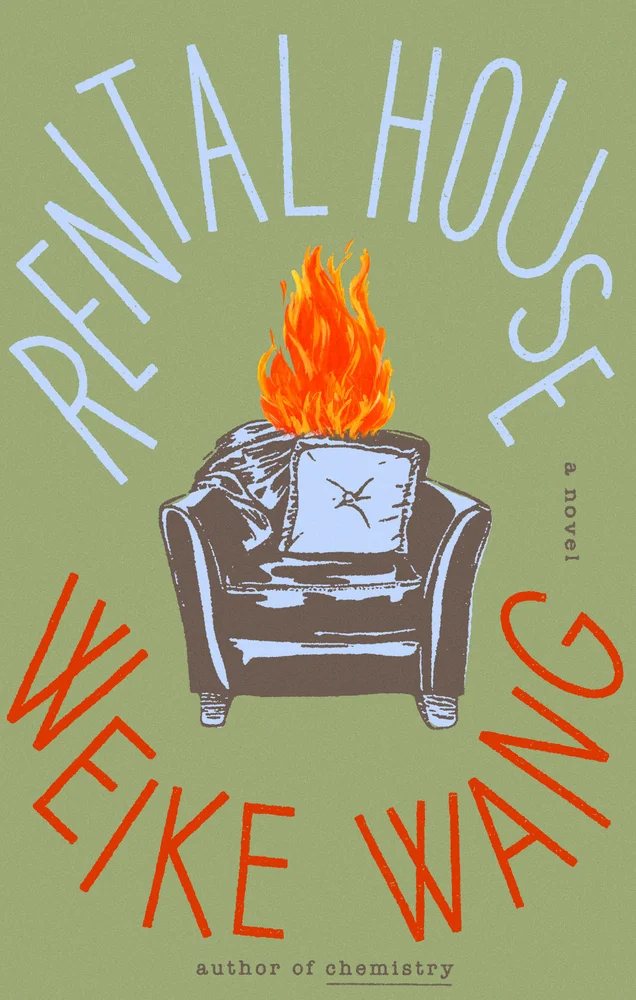
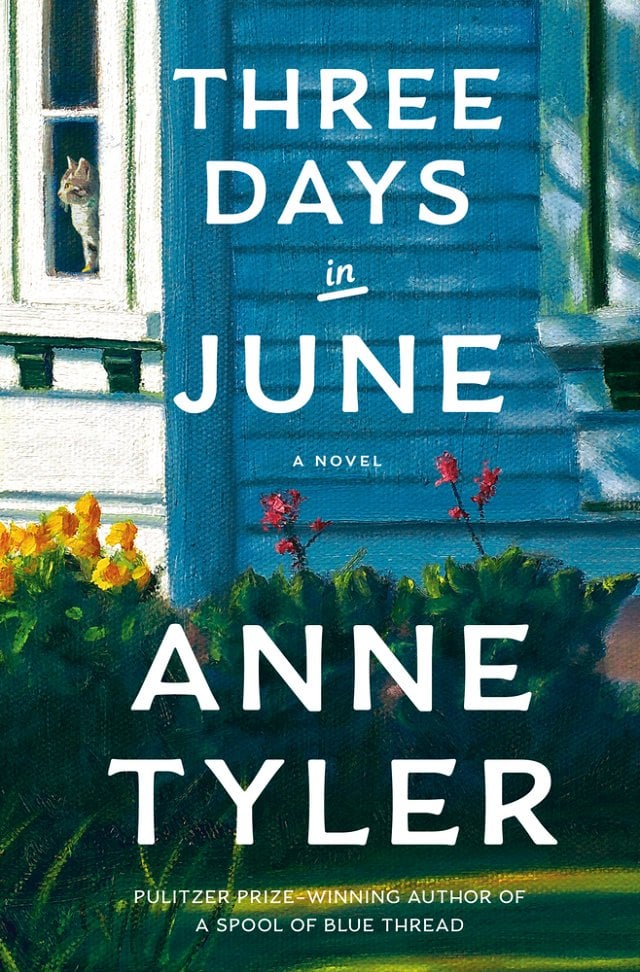

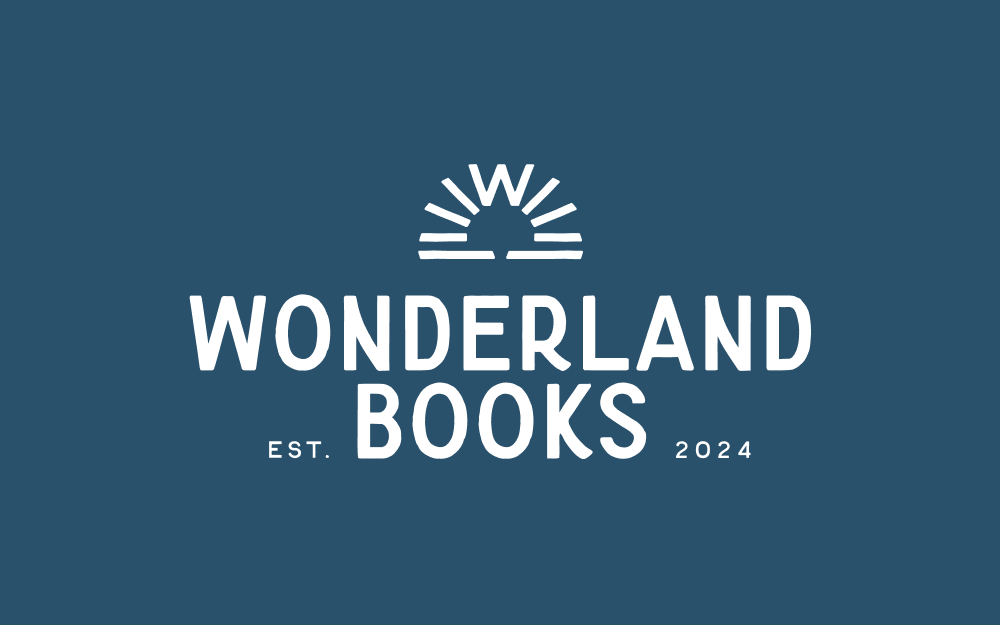
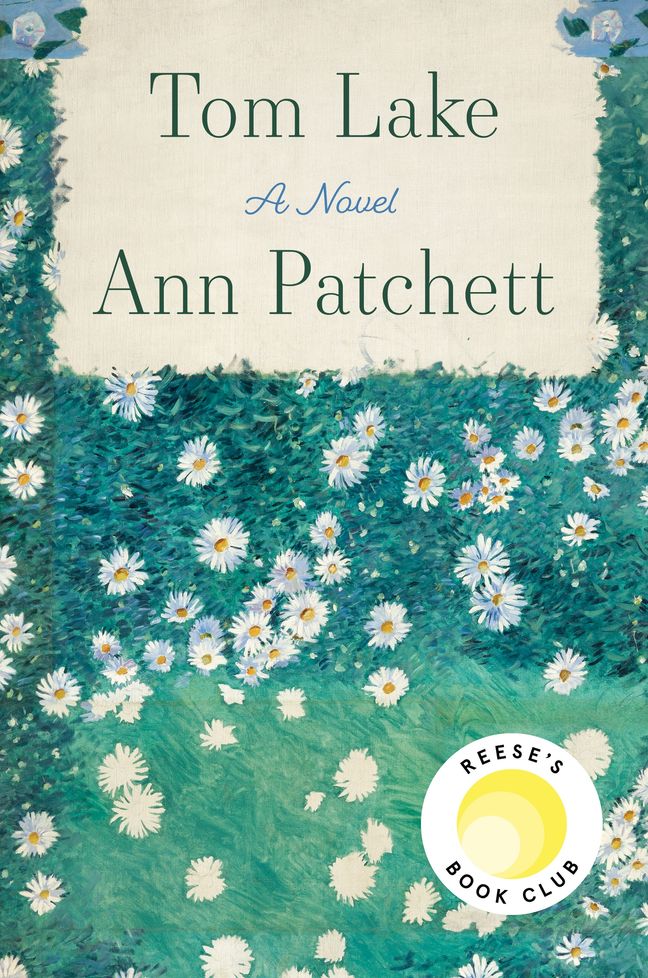
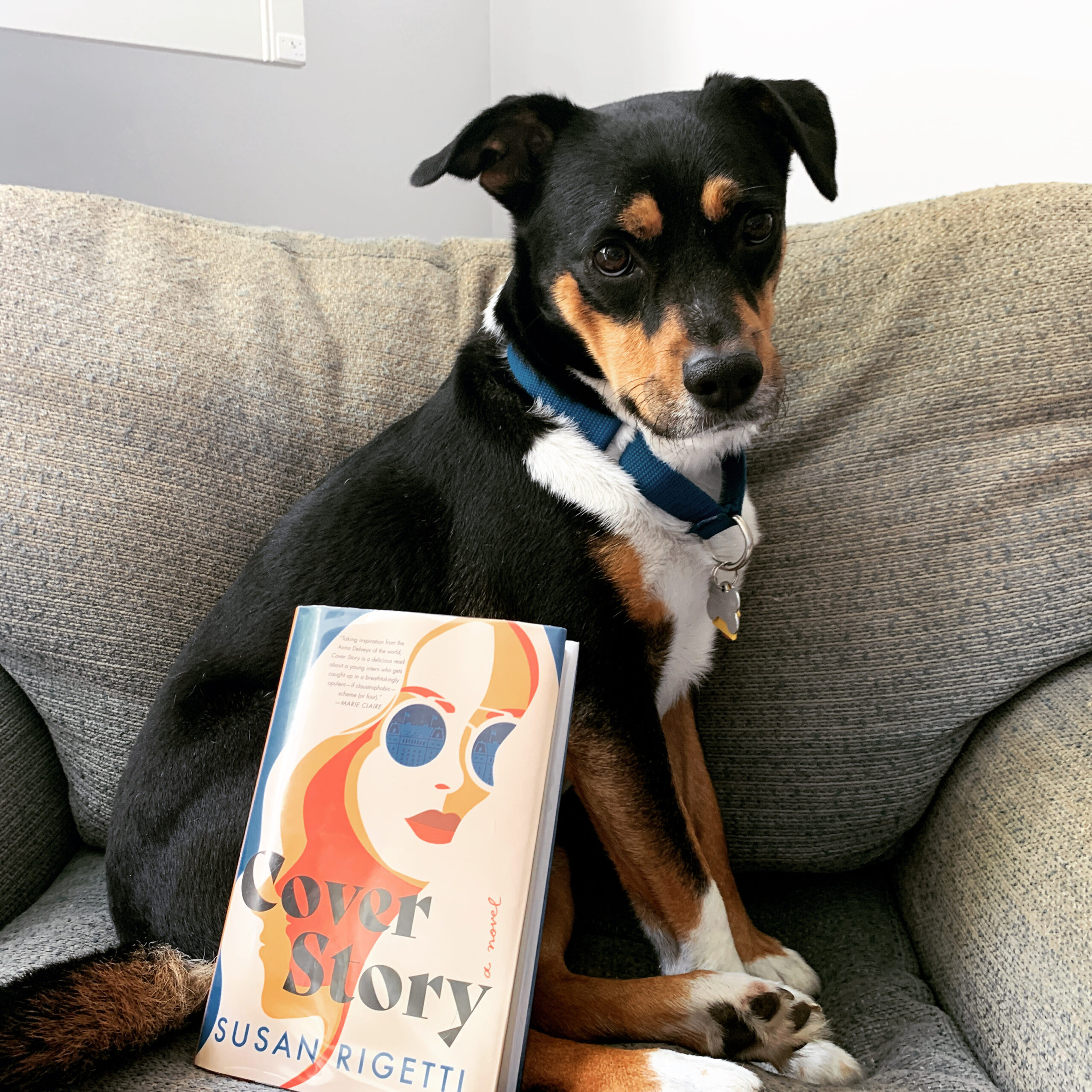
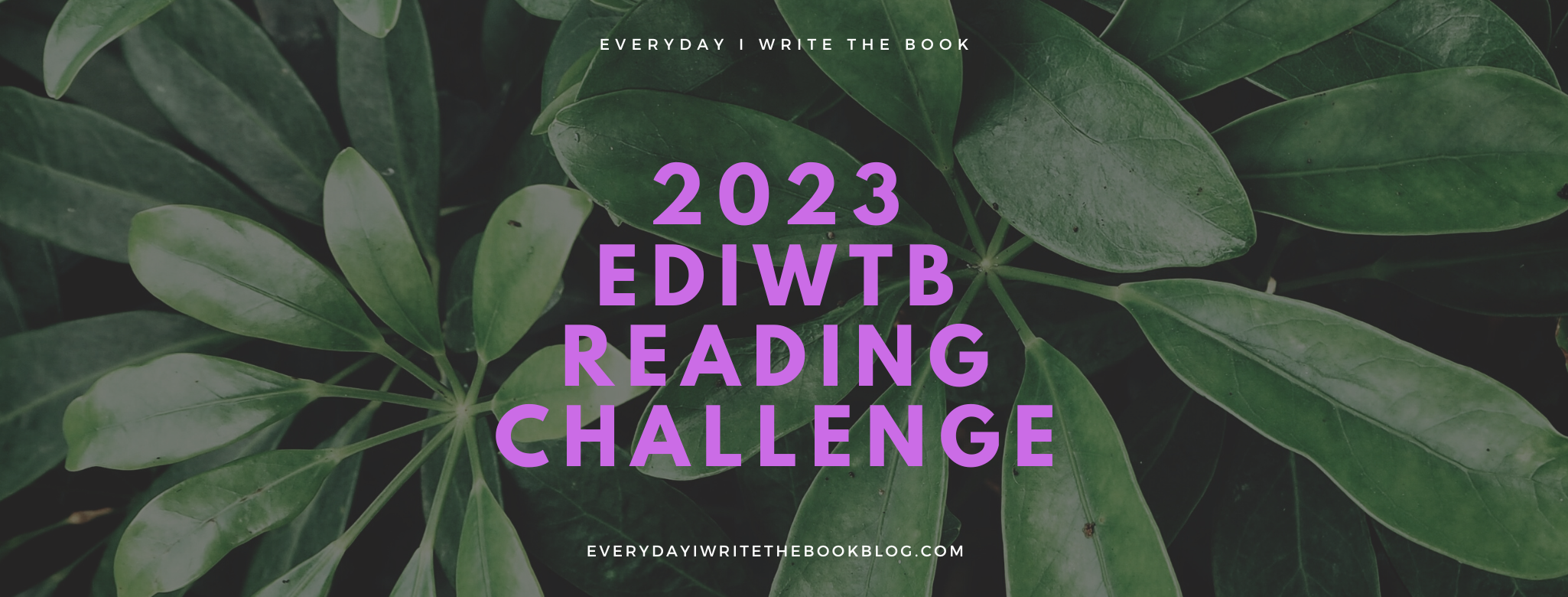
About Me
I have been blogging about books here at Everyday I Write the Book since 2006. I love to read, and I love to talk about books and what other people are reading.